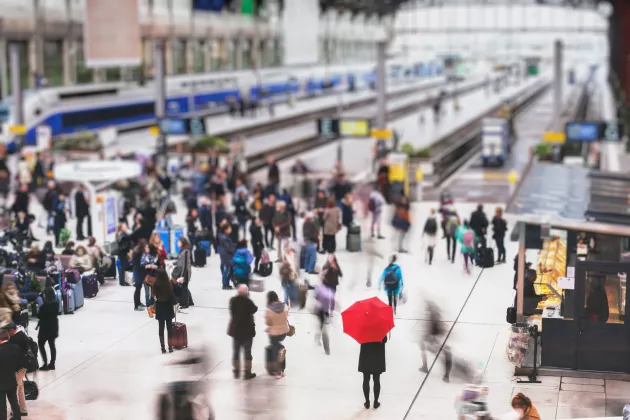In a recent seminar IIIEE researcher Peter Arnfalk presented a study that examines and assesses the potential of ‘Public Co-working' and the implications on how we live and travel.
The research project study is focuses on an initiative where four Swedish public agencies have reached an agreement to share office spaces with each other. In June 2023 they launched a one-year trial with approximately 30 employees who were allowed to work from another agency’s office, closer to where they live. The objective of the pilot test is to see how well this works out, and to assess whether this kind of ‘Public Co-working’ should be used in other public agencies as well. However, the main objective of Mistra Sams’ involvement is to assess the possible implications on the employees’ travel patterns. How can the trend of nation-wide recruitment and public co-working impact commuter travel, longer trips to the main office, and even decisions on where to live?
Read more here.





